Welcome to nature’s freak show, where survival comes with a twist of the bizarre. Forget sharp claws and camouflage—we’re diving into a world where ants explode like grenades, frogs weaponize their own bones, and lizards shoot blood from their eyes. These aren’t your average animal facts; they’re evolution’s wildest experiments in self-defense. Prepare to be amazed, grossed out, and utterly fascinated as we explore 15 of the strangest animal weapons you’ve never heard of. After this, you’ll never look at the animal kingdom the same way again!
Exploding Ants
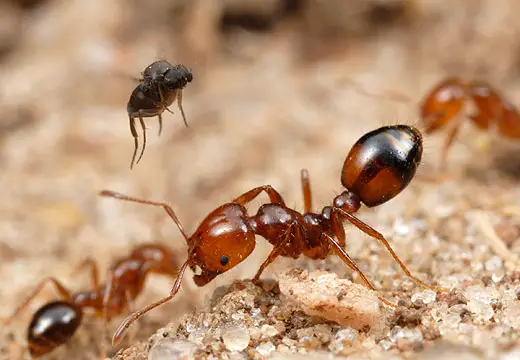
Deep in the rainforests of Borneo, Thailand, and Malaysia, an unsuspecting predator is about to get the shock of its life. SPLAT! A gooey yellow substance that smells suspiciously like curry explodes in its face. Welcome to the wild world of Colobopsis explodens, nature’s tiny suicide bombers. These pint-sized warriors, discovered in 2018 by an international team of researchers led by Dr. Alice Laciny from the Natural History Museum Vienna, have taken the concept of self-sacrifice to explosive new heights.
When threatened, these kamikaze ants violently contract their abdominal muscles, causing their bodies to burst open and spray a sticky, toxic yellow goo at their attackers. This extreme act of self-sacrifice, known as “autothysis,” is like pulling the pin on a grenade – except in this case, the ant IS the grenade. Dr. Laciny and her colleagues found that this yellow goo is rich in toxins and can effectively repel or even kill predators much larger than the ant itself. The researchers nicknamed the species “Yellow Goo” before officially naming it, a fitting moniker for these tiny explosives.
Hairy Frogs with Wolverine Claws
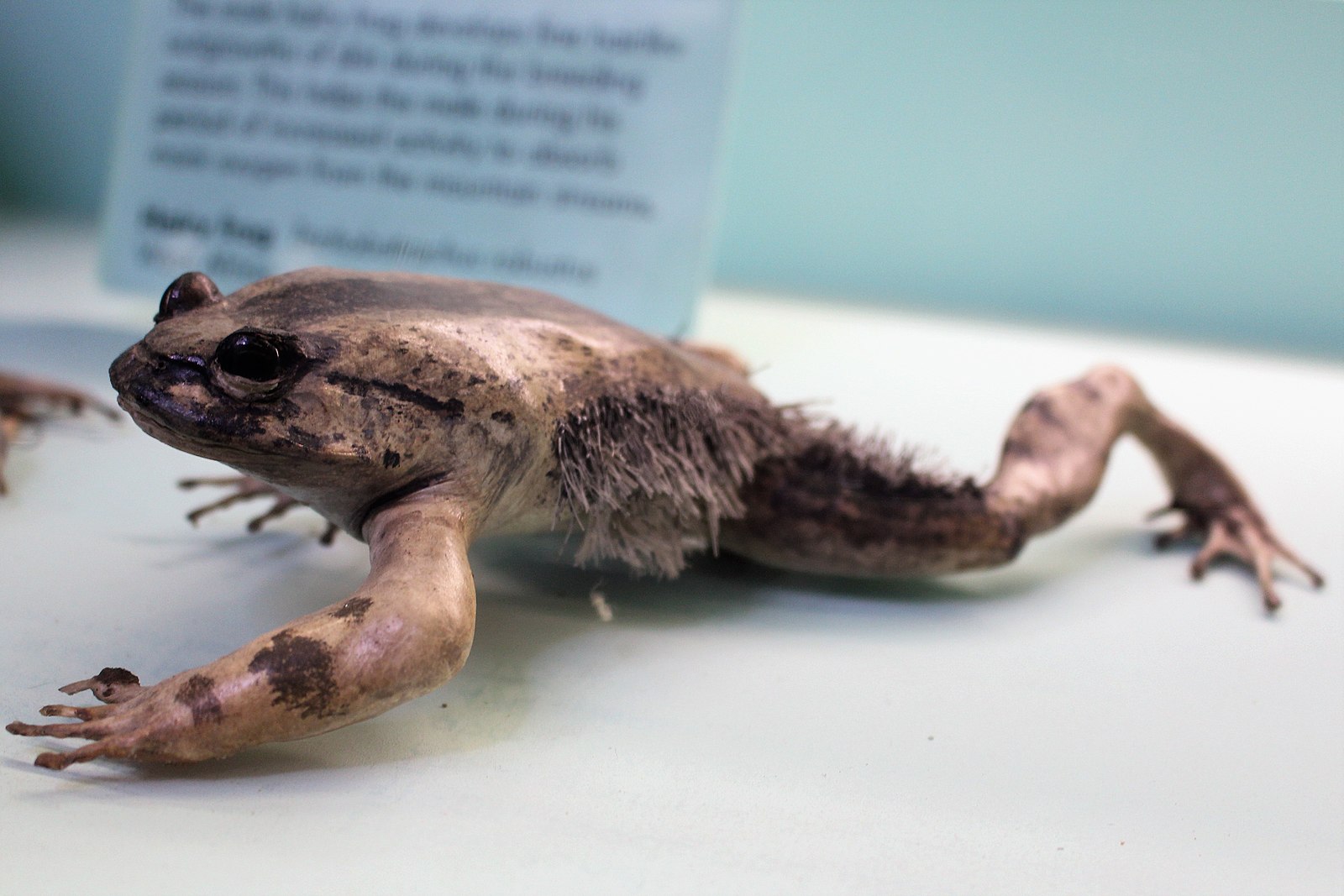
In the steamy jungles of Central Africa lurks a creature straight out of a horror movie – the hairy frog, also known as the “horror frog” or, scientifically, Trichobatrachus robustus. But it’s not the hair-like strands on its body that’ll give you nightmares; it’s what’s hiding beneath its skin. These frogs, which can grow up to 11 cm long, have a defense mechanism that would make any comic book superhero jealous.
When threatened, this amphibian pulls a move that would make Wolverine jealous. It deliberately breaks the bones in its toes, forcing the sharp, claw-like bone fragments through its skin to create impromptu weapons. Dr. David Blackburn, a biologist at the University of Florida, describes it as “like a cat extending its claws.” The claws are connected to a small bony nodule in the toe pad, and when needed, the frog flexes its toe muscles to force the nodule through the skin. Remarkably, once the danger has passed, the frog can retract these claws back into its toes, healing the wounds in the process. This unique adaptation allows the hairy frog to defend itself effectively while minimizing long-term damage to its own body.
Blood-Squirting Lizards
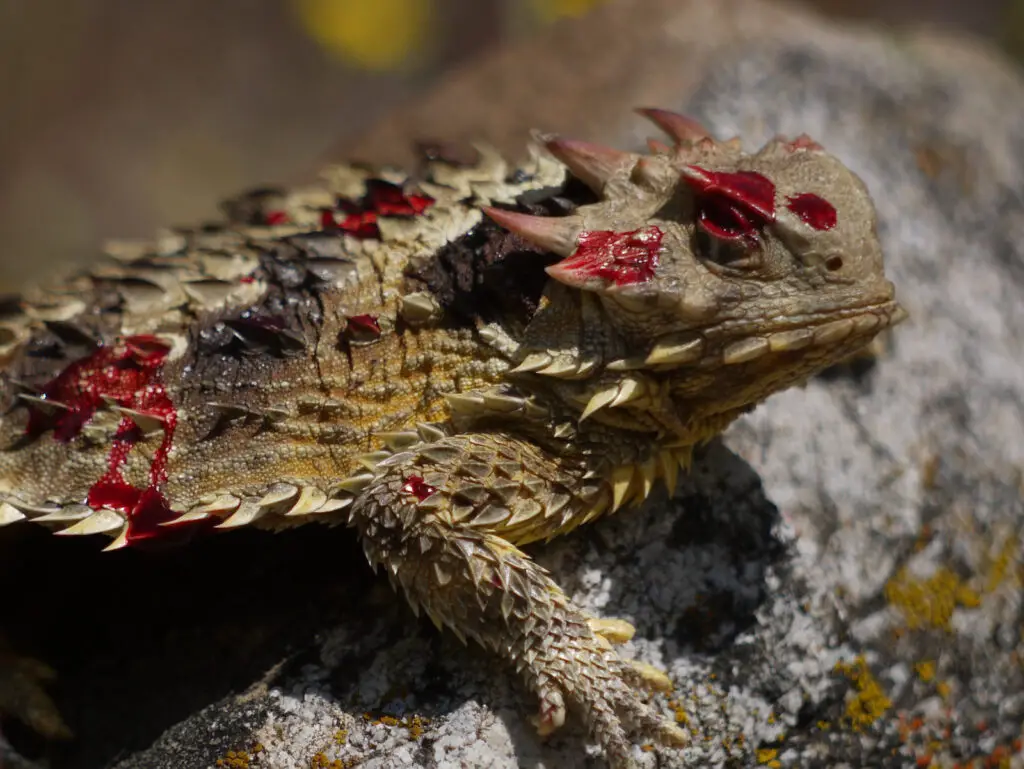
Picture this: You’re a hungry coyote in the Sonoran Desert, and you’ve just cornered a tasty-looking horned lizard. But as you move in for the kill, the lizard turns into a living squirt gun – shooting a stream of blood straight from its eyes! Welcome to the bizarre defense mechanism of the Texas horned lizard, Phrynosoma cornutum. This reptilian sharpshooter can hit targets up to 5 feet away, giving a whole new meaning to the phrase “evil eye.”
According to a study in the Journal of Experimental Biology, this bloody deterrent is more than just gross – it contains chemicals that are particularly foul-tasting to canine predators. The lizard can lose up to 30% of its blood volume in a single squirt, proving that sometimes the best defense is a disgusting offense. Researchers have found that this blood-squirting ability is unique to horned lizards in the genus Phrynosoma, making them the only lizards known to use blood as a defensive weapon. Interestingly, this defense is used as a last resort, with the lizard first trying to camouflage or puff itself up to appear larger. If all else fails, it unleashes its bloody surprise, often giving it enough time to escape while the predator is left with a bad taste in its mouth – literally.
Rib-Stabbing Newts
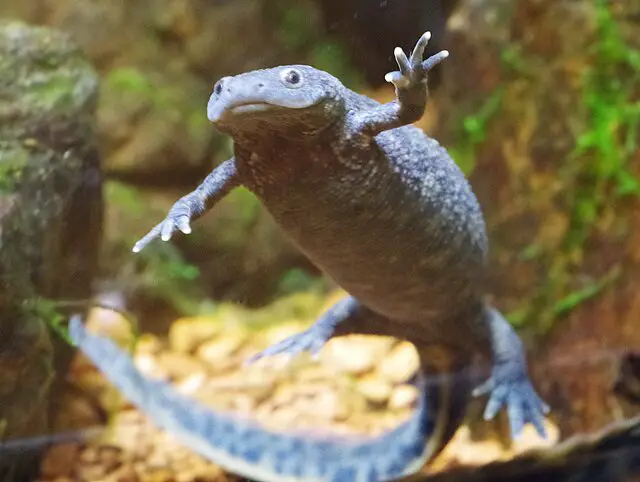
Meet the Iberian ribbed newt, nature’s own living pincushion. This unassuming amphibian, native to the Iberian Peninsula and Morocco, has a defense mechanism that’s equal parts clever and cringe-worthy. When threatened, it doesn’t just puff up or play dead – it turns its own bones into weapons. This 30-cm-long newt looks harmless enough, but it’s packing a secret arsenal that would make any predator think twice.
The newt pushes its ribs forward at a sharp angle, puncturing its own skin to create a row of spiky barbs along its flanks. But wait, it gets better (or worse, depending on your perspective). These bony spines are coated with a potent toxin secreted from glands in the newt’s skin. Dr. Egon Heiss of the University of Vienna says, “It’s like being stabbed by a poisoned dagger.” Remarkably, the newt suffers no ill effects from this extreme body modification, quickly healing after the danger has passed. The toxin, called pleurodelin, is strong enough to deter most predators, making this newt a true master of self-defense. This unique adaptation has allowed the Iberian ribbed newt to thrive in its native habitats for millions of years, proving that sometimes the best offense is a good defense – even if it means stabbing yourself in the process.
Boiling Beetle Spray
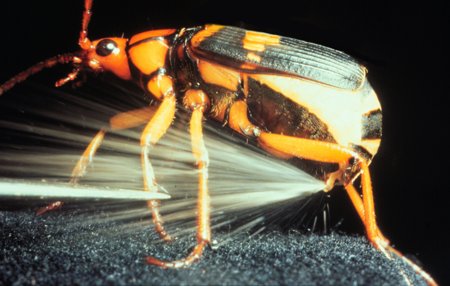
In the insect world, the bombardier beetle (genus Brachinus) is the undisputed champion of chemical warfare. This tiny terror packs a punch that would make a pepper spray manufacturer jealous. When threatened, it becomes a living, breathing blast furnace. These beetles, found on every continent except Antarctica, have evolved one of the most complex and explosive defense mechanisms in the animal kingdom.
The beetle mixes two chemicals in a special chamber in its abdomen, creating a boiling, noxious spray that it can aim with impressive accuracy. This toxic brew reaches a scorching 212°F (100°C) – literally boiling hot! Dr. Thomas Eisner, a chemical ecologist at Cornell University, describes the effect as “a miniature explosion.” The beetle can fire up to 20 of these scalding salvos per second, each accompanied by an audible popping sound. The two chemicals, hydroquinone and hydrogen peroxide, are kept separate in the beetle’s body until needed, then mixed with catalysts to produce the boiling spray. This remarkable defense mechanism has inspired scientists to develop new technologies, including more efficient fuel injection systems for cars and novel fire extinguishing methods.
Puking Sea Cucumbers
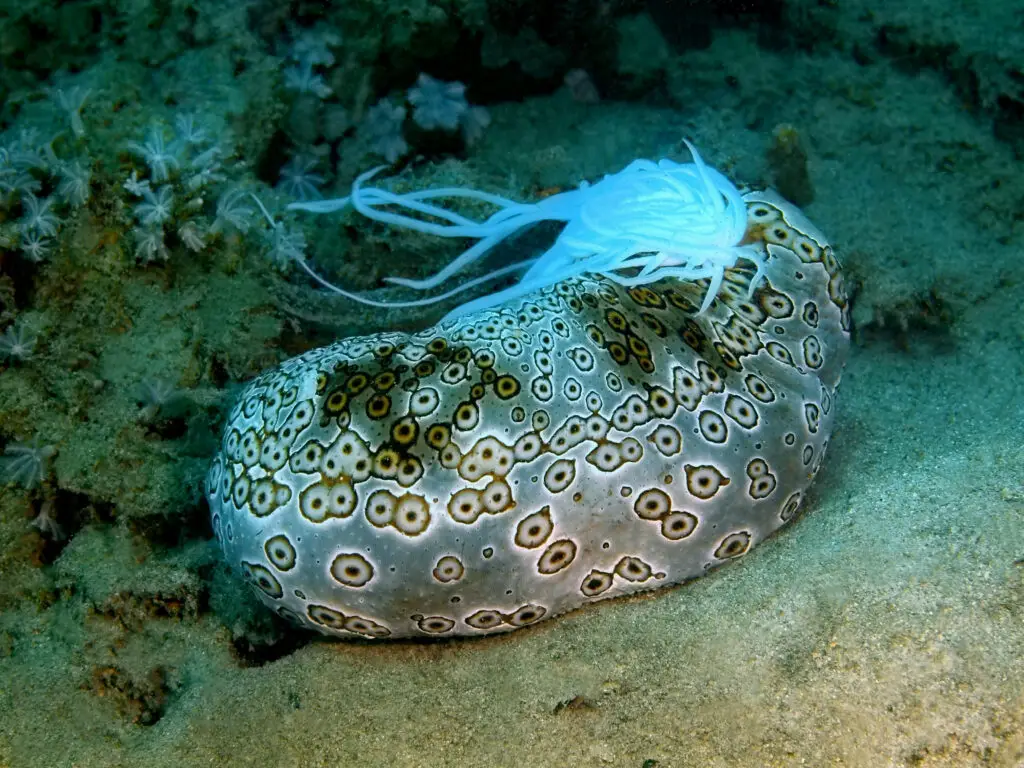
Beneath the waves lurks one of nature’s grossest defenders – the sea cucumber. This sausage-shaped echinoderm has a stomach-churning party trick that would make even the toughest predator think twice about making it a meal. There are about 1,250 known species of sea cucumbers, and many of them employ this bizarre defense mechanism that’s as effective as it is nauseating.
When threatened, some species of sea cucumber will literally vomit up their own internal organs. But this isn’t just a random act of desperation – it’s a calculated defense. The expelled organs are sticky and often toxic, entangling and confusing predators. Even more impressively, the sea cucumber can regenerate its lost organs within a matter of weeks. Dr. Annie Mercier, a marine biologist at Memorial University of Newfoundland, calls it “one of the most striking regenerative abilities in the animal kingdom.” Some species, like the cotton spinner, can even expel long, sticky threads from their anus to ensnare predators. This remarkable ability has piqued the interest of medical researchers, who are studying sea cucumber regeneration for potential applications in human tissue repair and organ regeneration.
Slime-Spewing Hagfish
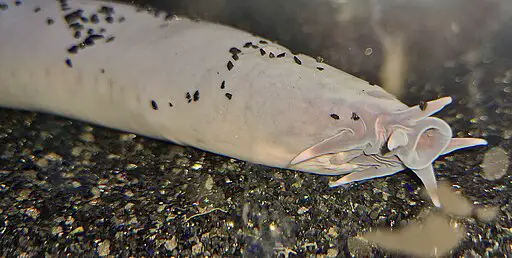
In the murky depths of the ocean swims one of nature’s slimiest customers – the hagfish. This eel-like creature has been around for 300 million years, and in that time, it’s perfected a defense mechanism that’s as effective as it is disgusting. Hagfish, which are not true fish despite their name, are found in oceans around the world and can grow up to 60 cm long.
When attacked, the hagfish releases a thick, clear slime from special pores along its body. This isn’t just any slime – it expands to 10,000 times its original volume when it contacts seawater, turning the surrounding area into a gooey deathtrap. A single hagfish can fill a 5-gallon bucket with slime in minutes! Dr. Douglas Fudge, a biologist at Chapman University, says the slime is “100 times more dilute than pig slime, but much more effective at clogging gills.” The slime contains tens of thousands of protein threads, each thinner than a human hair but incredibly strong. This unique defense has inspired materials scientists to develop new types of super-strong, ultra-thin fibers for use in everything from bulletproof vests to artificial tissues.
Shape-Shifting Octopuses
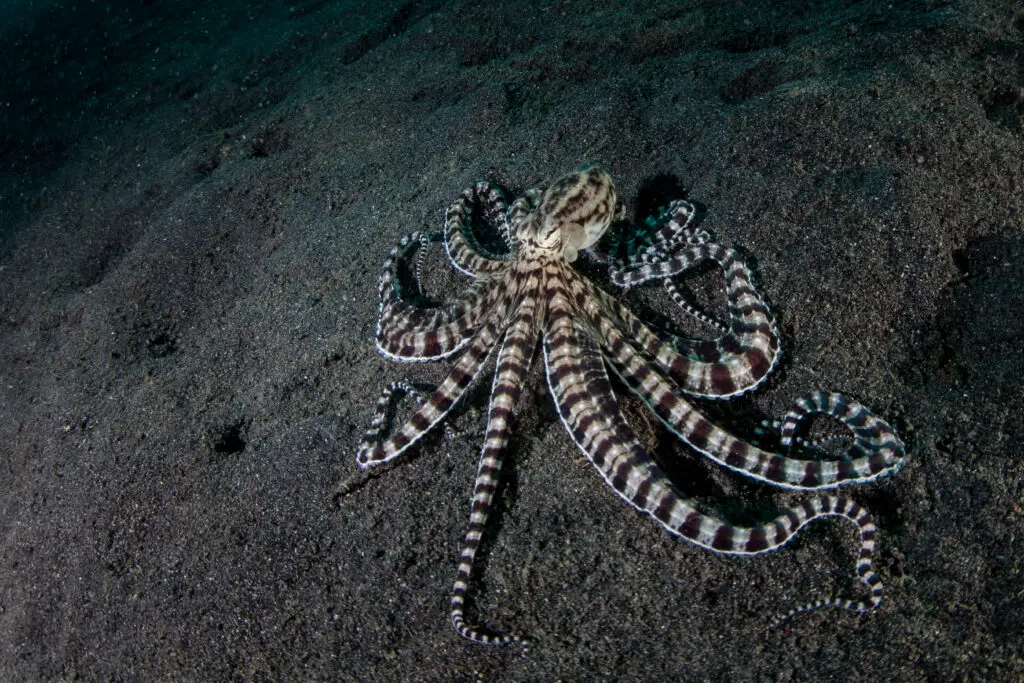
In the coral reefs of Indonesia, the mimic octopus puts on a performance worthy of a Broadway show. This eight-armed quick-change artist doesn’t just blend in with its surroundings – it becomes its surroundings, impersonating some of the ocean’s most dangerous creatures. Discovered in 1998, this master of disguise has quickly become one of the most fascinating creatures in marine biology.
The mimic octopus can contort its body and change its color to impersonate more than 15 different species, including lionfish, sea snakes, and flatfish. Dr. Mark Norman of the Melbourne Museum says, “It’s the most incredible example of mimicry I’ve ever seen.” This octopus doesn’t just look the part – it acts it too, moving like the animal it’s imitating. The mimic octopus can change its appearance in less than a second, making it one of the fastest shape-shifters in the animal kingdom. This remarkable ability has not only helped the species survive but has also inspired advances in camouflage technology and adaptive materials that can change their properties on demand.
Poop-Covered Beetles
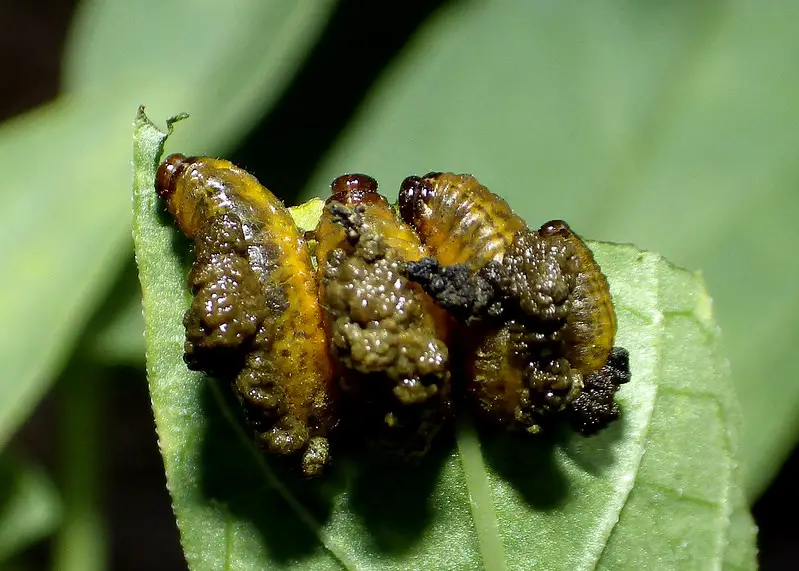
In the world of insect defense mechanisms, the potato beetle takes the cake – or should we say, the crap. This little guy has figured out that the best way to avoid being eaten is to make itself as utterly disgusting as possible. These beetles, which are major agricultural pests, have turned their waste into a weapon of mass disgust-ruction.
The larvae of the potato beetle cover themselves in their own feces, creating a shield of stink that would make even the most determined predator lose its appetite. But this isn’t just any old poop – it’s toxic. The beetle feeds on poisonous nightshade plants and recycles the toxins through its digestive system. Dr. Caroline Müller, an ecologist at Bielefeld University, notes that this “fecal shield” isn’t just gross, it’s “a highly effective chemical defense.” The fecal shield can protect the beetle from predators like ants and birds, and even from some pesticides. This unique defense mechanism has led researchers to study the potato beetle’s ability to process and utilize plant toxins, potentially leading to new methods for pest control and even pharmaceutical applications.
Whale Poop Clouds
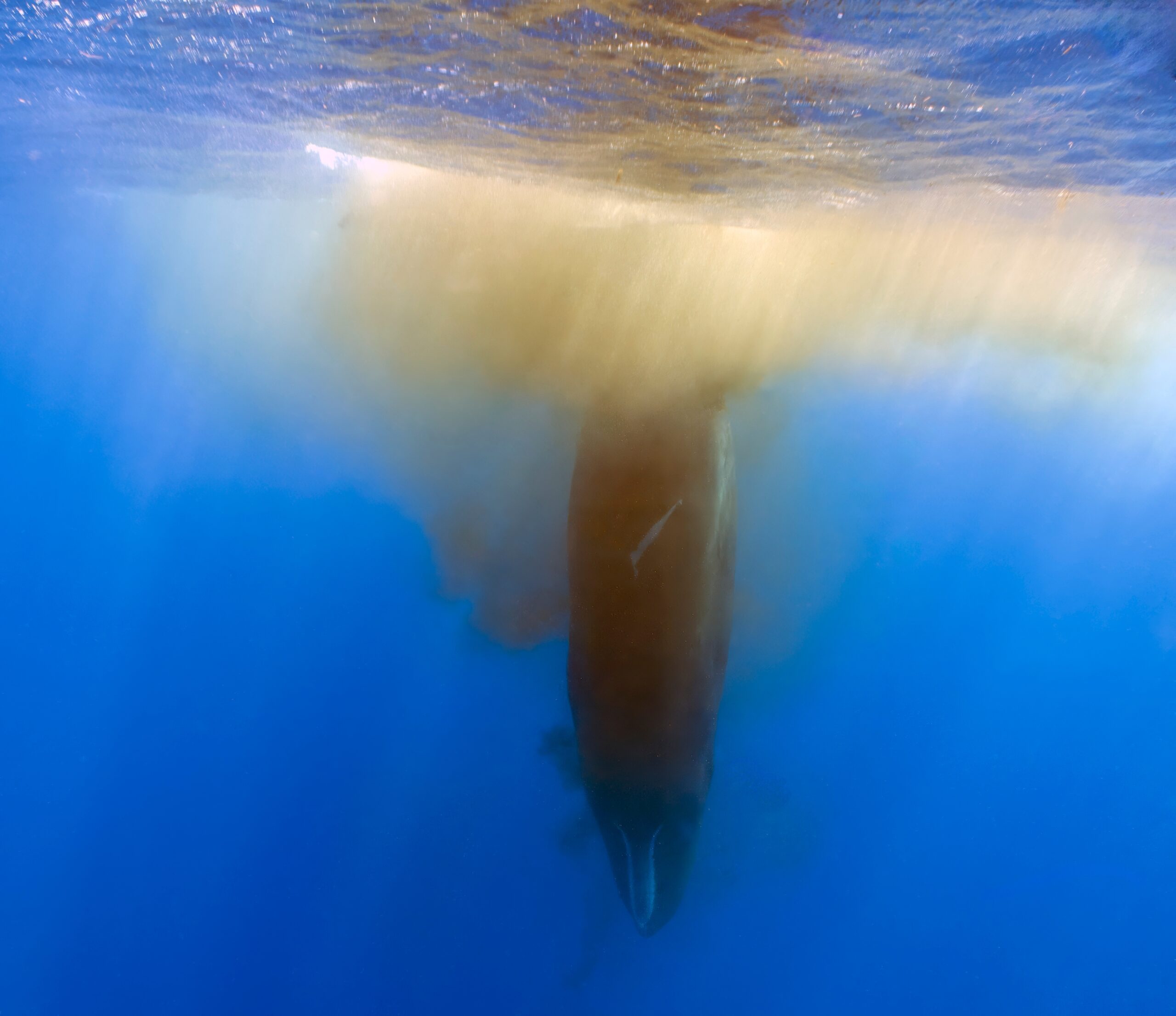
When it comes to underwater defense mechanisms, the pygmy sperm whale (Kogia breviceps) has come up with a real stinker. This cetacean has taken a page out of the octopus playbook, but with a twist that’s uniquely its own – and decidedly more pungent. These small whales, which grow to about 3.5 meters long, have a secret weapon hidden in their intestines.
When threatened, the pygmy sperm whale releases a cloud of reddish-brown liquid from its anus – yes, you read that right. This “anal syrup” (as scientists have so charmingly named it) serves the same purpose as an octopus’s ink cloud, disorienting predators and allowing the whale to make its escape. Dr. Joy Reidenberg, a comparative anatomist, describes it as “like a smoke screen, but with poop.” Up to 12 liters of this fecal fog can be released in a single go. The liquid contains a mix of feces, anal gland secretions, and seawater, creating a confusing and off-putting cloud for potential predators. Interestingly, this defense mechanism has led to unexpected benefits for marine ecosystems, as the nutrient-rich clouds can help fertilize phytoplankton, forming the base of the ocean food chain.
Stink-Bombing Skunks
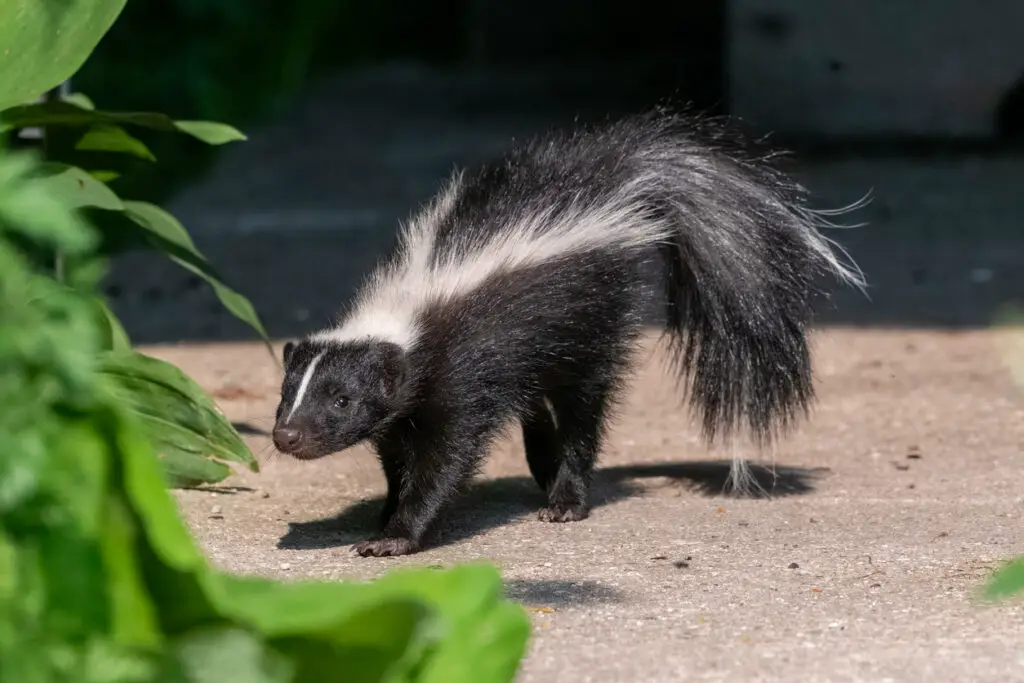
No list of bizarre animal defenses would be complete without the infamous skunk. This black-and-white bandit has a reputation that precedes it, and for good reason – its chemical warfare capabilities are second to none in the mammal world. Skunks, belonging to the genus Mephitis, have turned stench into an art form, with a defense mechanism that’s as effective as it is unforgettable.
A skunk’s spray is a cocktail of sulfur-containing chemicals that can hit a target up to 10 feet away with pinpoint accuracy. This noxious mist isn’t just smelly – it can cause temporary blindness and is potent enough to ward off bears! Dr. William Wood, a chemist at Humboldt State University, says the odor is so persistent because it bonds to proteins in the nose, making it nearly impossible to wash away. A skunk can spray five to eight times before it needs to “reload,” which takes about a week. The main components of skunk spray are thiols, the same family of compounds that give garlic its pungent smell. Surprisingly, this potent defense has led to beneficial research, with scientists studying skunk spray to develop new and improved odor neutralizers and even potential treatments for bacterial infections.
Projectile Vomiting Vultures
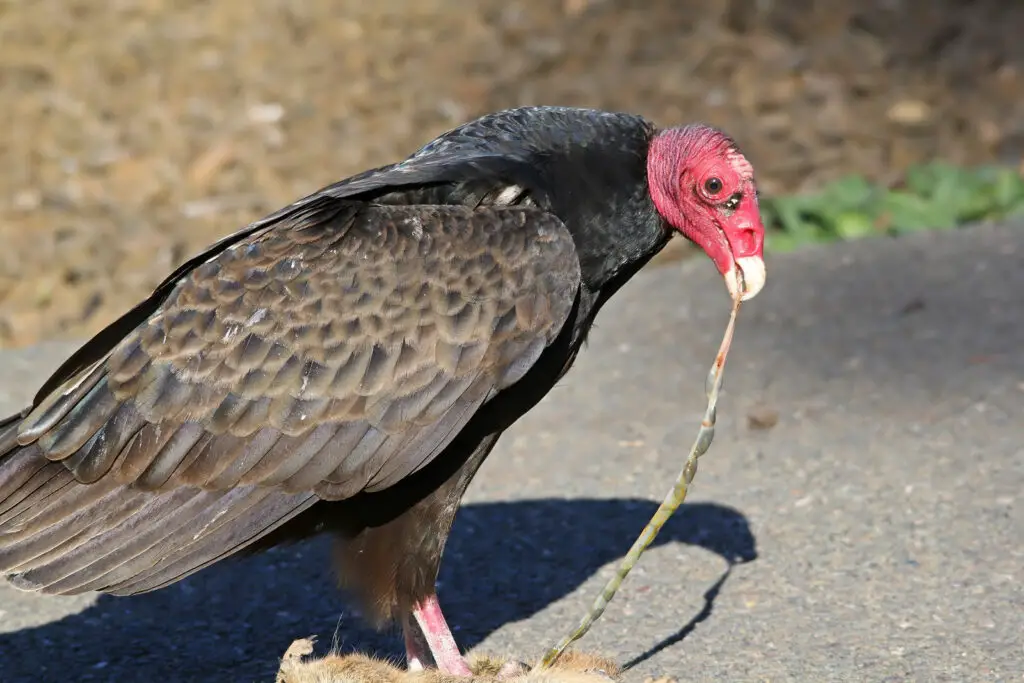
Vultures might not win any beauty contests, but when it comes to gross-out defenses, they’re in a league of their own. These carrion-eating birds have developed a stomach-churning tactic that’s as effective as it is nauseating. Turkey vultures (Cathartes aura) and their relatives have turned regurgitation into a fine art of self-defense.
When threatened, turkey vultures can projectile vomit with impressive force and accuracy. This isn’t just about emptying their stomachs – it’s a calculated defense mechanism. The vomit is highly acidic and can sting and temporarily blind predators. Dr. David Houston, an ecologist at the University of Glasgow, notes that “the smell alone is enough to deter most creatures.” Given that vultures feed on rotting carcasses, you can imagine how pleasant that must be. The vomit can be projected up to 3 meters, and its acidity is strong enough to burn through leaves and small branches. This unique defense not only protects the vulture but also serves an ecological purpose – the acidic vomit helps sanitize the vulture’s feeding areas, reducing the spread of harmful bacteria from decomposing carcasses.
Detachable Gecko Tails
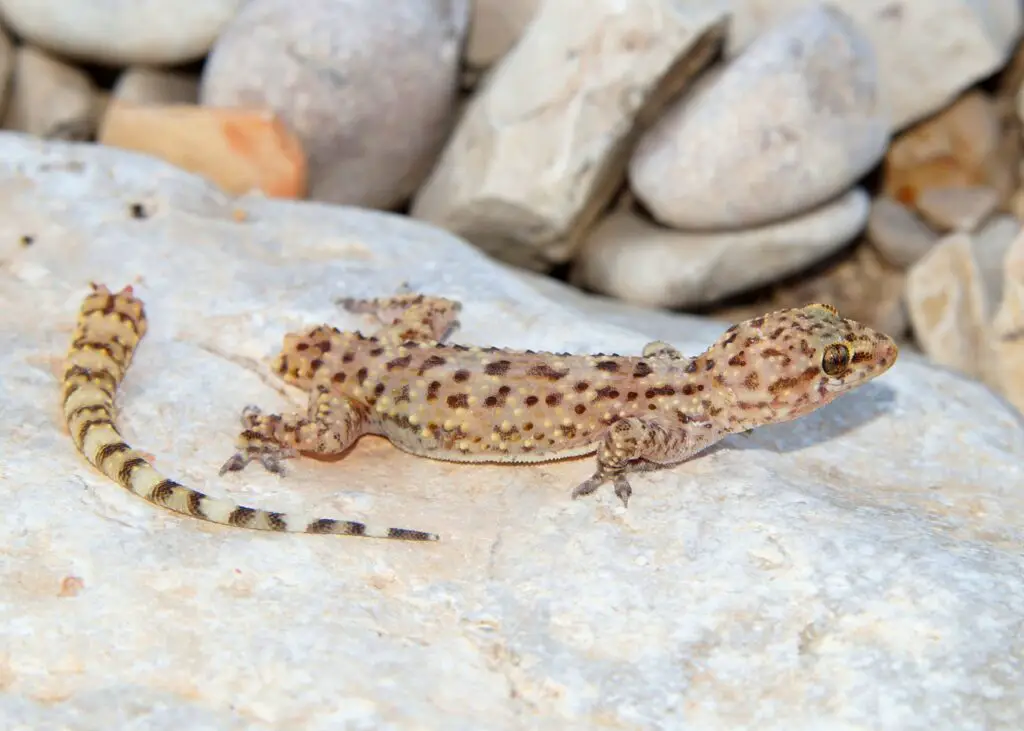
Geckos are famous for their ability to climb walls, but their most impressive trick happens when they’re caught with their tail down. These little lizards have perfected the art of the great escape, and it involves leaving a piece of themselves behind. Many species of geckos, including the common house gecko, possess this remarkable ability.
When grabbed by a predator, a gecko can detach its tail in a process called autotomy. But this isn’t just a simple drop-and-run. The detached tail continues to wiggle and twitch, distracting the predator while the gecko makes its getaway. Dr. Anthony Russell, a biologist at the University of Calgary, explains that the tail “has its own neural circuitry that causes it to flip and flop around.” The detached tail can continue moving for up to 30 minutes, giving the gecko plenty of time to escape. Even more impressively, the gecko can regrow its tail, although the replacement isn’t quite as perfect as the original. This regenerative ability has fascinated scientists, leading to research into tissue regeneration that could have applications in human medicine, particularly in the field of regenerative therapies.


